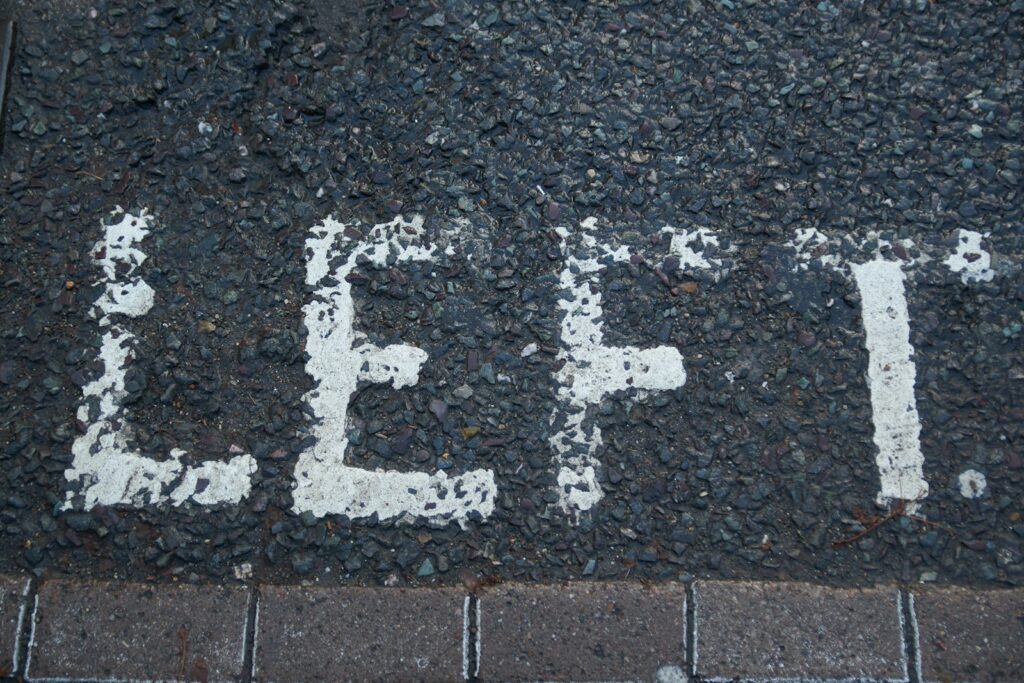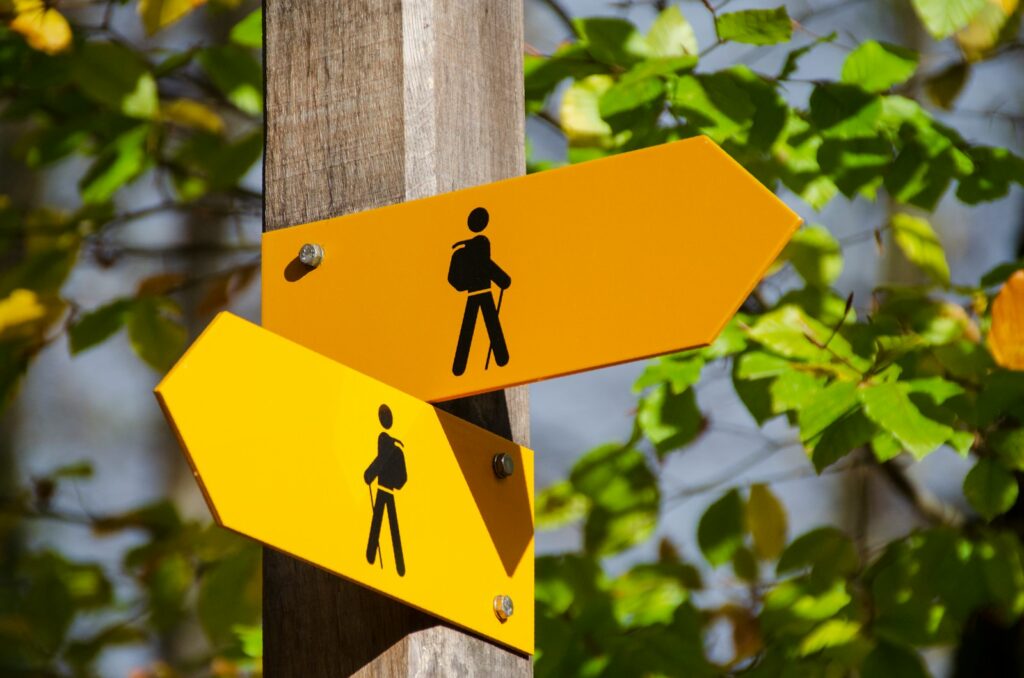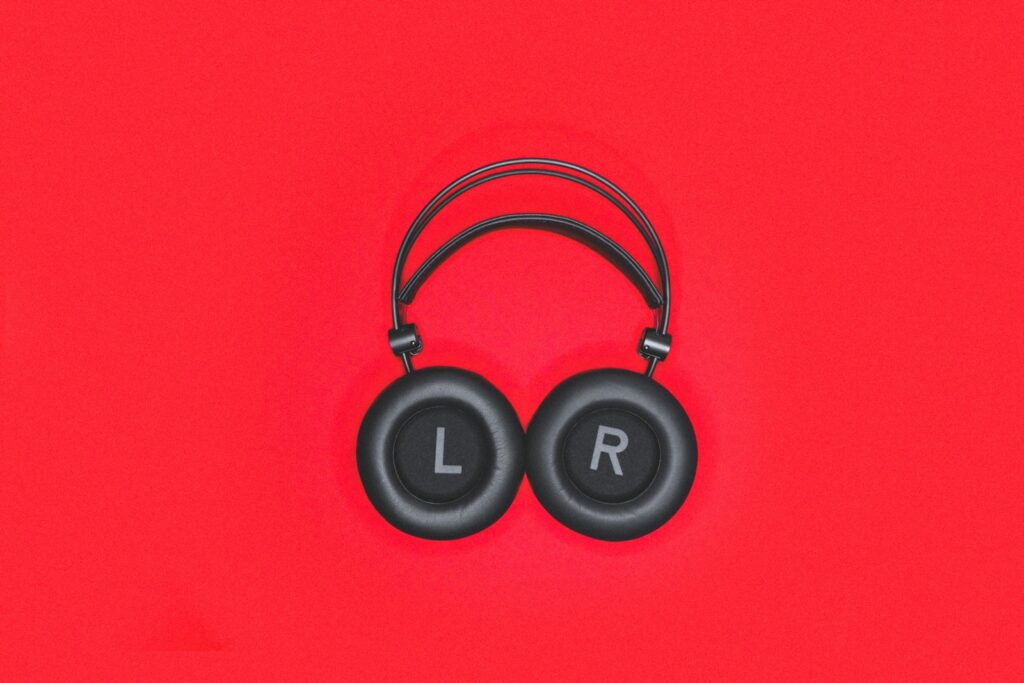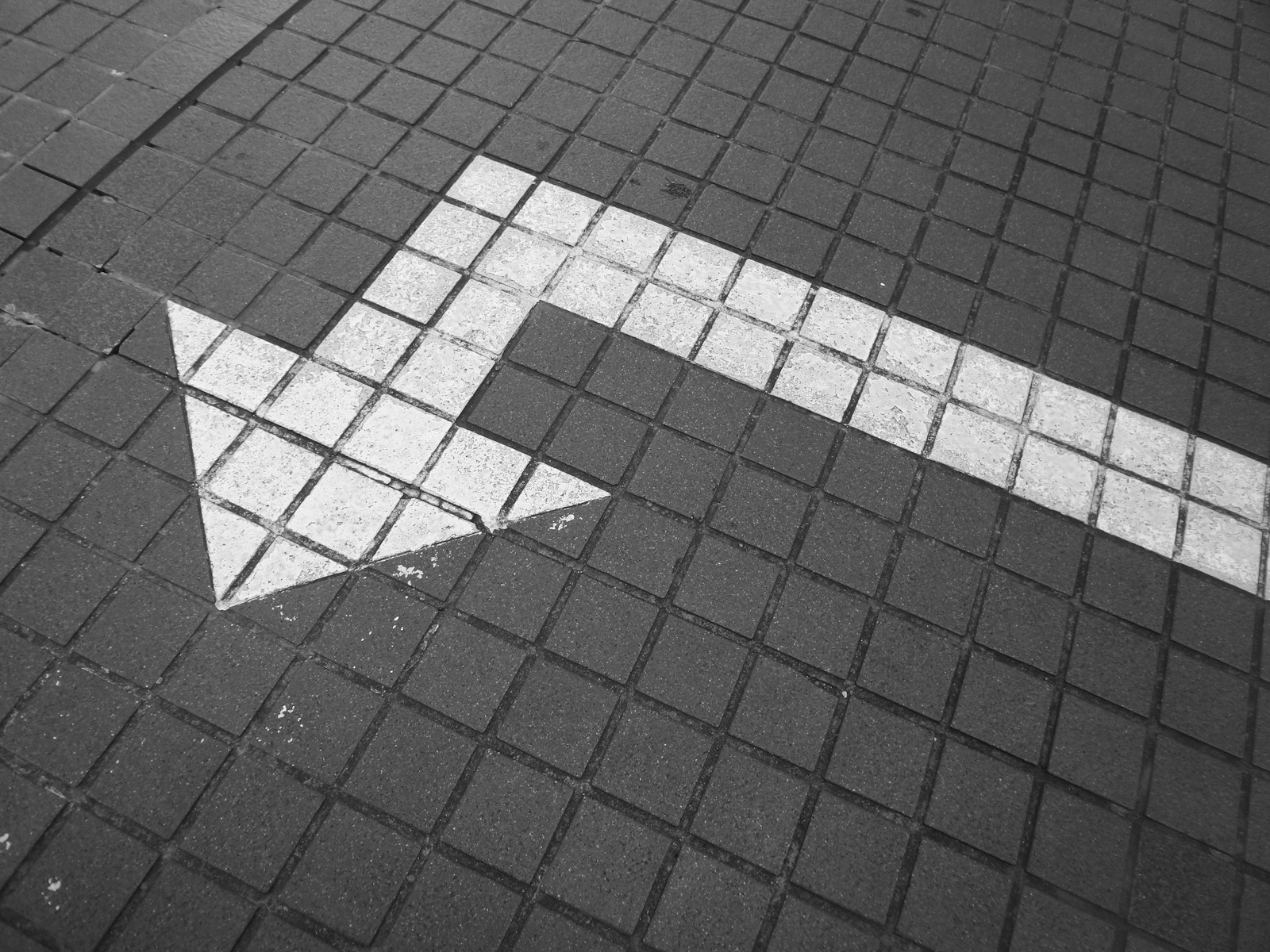What is right and left in Spanish
Imagine you’re strolling through a bustling market in Madrid, trying to find that perfect souvenir. Suddenly, you realize you need to ask for directions. You muster up the courage to speak to a local, but when they start talking about turning “derecha” or “izquierda”, you’re left scratching your head. It’s a common scenario for anyone new to Spanish, and it can be a bit of a maze without knowing the basics.
Understanding the words for right (“derecha”) and left (“izquierda”) in Spanish isn’t just about navigation; it’s about feeling confident and connected in a new culture. Think of it as your compass in conversations, guiding you through the streets and ensuring you don’t end up in a completely different neighborhood.
Understanding Spanish Words for Right and Left
Exploring Spanish-speaking countries requires knowing some fundamental directional terms. Getting to grips with these simple words can hugely impact how smoothly your trip goes. Let’s jump into what “right” and “left” mean in Spanish.
Basic Directional Terms in Spanish
The words “derecha” and “izquierda” aren’t just about directions on a map; they’re about connecting with the culture. Imagine you’re walking through the lively streets of Madrid. Knowing which way to turn becomes key. Here are those basic terms:
“Derecha” – The Spanish Word for “Right”
“Derecha” points you to the right side. You’d use it when asking or giving directions. Let’s set the scene: You’re at an intersection, and someone says, “Gira a la derecha.” It means “turn right.”
Practical Example:
Picture yourself in a local market. A vendor tells you, “La fruta está a la derecha,” meaning “The fruits are to the right.” With this simple word, your journey becomes easier.
“Izquierda” – The Spanish Word for “Left”
Heading in the opposite direction brings us to “izquierda.” This term directs you to the left side. If someone says, “Gira a la izquierda,” they’re guiding you to turn left.
Practical Example:
Think about finding a famous café. A local might say, “Izquierda en la esquina,” translating to “Left at the corner.” Knowing this keeps you on the right track, literally and figuratively.
Etymology of “Derecha” and “Izquierda”
Understanding where these words come from adds another layer to your knowledge.
Spanish Word | English Translation | Origin |
|---|---|---|
Derecha | Right | Latin “directus” (straight/direct) |
Izquierda | Left | Basque “ezkerra” (left) |
Learning these terms enhances your travel experiences. Next time you’re exploring a Spanish-speaking country, use derecha and izquierda with confidence.
Using Right and Left in Spanish Sentences

When wandering through Spanish-speaking regions, knowing how to say “right” and “left” makes all the difference. These words help you navigate with ease and connect with the local culture. So, how do you use them in sentences?
Basic Sentence Structure for Directions
Let’s start with basics. Combining derecha (right) and izquierda (left) with verbs simplifies directions. Picture yourself finding a hidden café in a lively market. You might hear:
These phrases quickly become second nature and help you explore confidently.
Prepositions Used with Right and Left
Adding prepositions gives extra detail to your directions. Think of it this way—you’re on a treasure hunt for the best tapas. Handy prepositions include:
Imagine a friend guiding you: “El restaurante está al lado de la tienda” (The restaurant is next to the store). These nuances ensure you never miss out on local gems.
Examples of Giving Directions in Spanish
Examples always help. Maybe you’re exploring bustling streets or tranquil alleys. Here are practical uses:
Practicing these sentences builds your confidence. You won’t just blend in—you’ll actively engage with Spanish speakers, making every journey richer.
Begin on your next adventure with these tools. Exploring new places is more exciting when you’ve mastered the basics, turning every corner into an opportunity to connect and discover.
Right and Left in Spanish Culture
Ever wondered why the words to describe something as simple as direction can hold deep cultural meanings? Understanding these nuances in Spanish helps connect with locals on a more personal level.
Symbolism and Connotations
In Spanish, the words for right and left have interesting origins. Derecha (right) comes from the Latin word “directus,” meaning straight or direct. It immediately suggests something positive or correct. On the other hand, izquierda (left) has quite a different history. It originates from the Basque word “eskerra.” The choice of this term over its Latin counterpart “sinistro” (which has connotations of evil or wrongness) avoids these negative associations.
Think about it—when you’re exploring Madrid or Barcelona, using derecha and izquierda correctly shows you’re not just a tourist; you’re someone who respects and understands the culture. Hence, recognizing these subtle details can help you blend in and be more relatable to locals.
Gestures and Body Language
In Spain, gestures are just as important as the words you use. Ever noticed how a Spaniard laughs? You’ll probably see them holding their palm up and moving it towards their stomach. This gesture means something is very funny.
If you wave goodbye or hello, that’s universally understood. But, following local gestures endears you more to those around you. This kind of non-verbal communication complements your verbal fluency, making you appear not just knowledgeable, but genuinely interested in engaging with Spanish culture.
Regional Variations in Usage
Countries have regional slang. Spain is no exception. Whether you’re in Andalusia, Catalonia, or Basque Country, terms for right and left can differ in everyday conversation.
Region | Term for Right | Term for Left | Notes |
|---|---|---|---|
Andalusia | derecha | izquierda | Commonly used |
Catalonia | dreta | esquerra | Catalan influence |
Basque Country | eskuma | eskerra | Basque influence |
Understanding these regional differences enhances your travel experience and helps you form stronger connections with locals. So when in Catalonia, knowing dreta and esquerra rather than the standard terms can be a real conversation starter.
Simply put: mastering these different terms and gestures shows you’re not just passing through—you genuinely care about the people and the culture.
Practical Applications of Right and Left in Spanish

Mastering derecha and izquierda in Spanish isn’t just about vocabulary—it’s a key to exploring, understanding cultural nuances, and connecting with locals. Let’s explore where you can apply these terms in real life.
Exploring Cities and Streets
In bustling Spanish cities like Madrid or Barcelona, knowing derecha and izquierda makes your exploration smoother. Imagine you’re in Madrid, and a local says, “Gira a la derecha en la próxima calle” (Turn right at the next street). You confidently turn right, avoiding the confusion of missteps. Similarly, exploring landmarks becomes easier when someone points to the right “a la derecha de la catedral” (to the right of the cathedral).
Describing Object Locations
Whether at a Spanish market or a museum, describing object positions precisely enhances your experience. If you want to find the famous painting ‘Las Meninas‘ at Madrid’s Prado Museum, someone might say, “Está a la derecha de la entrada” (It’s to the right of the entrance). Or in a café, you might ask for a table “a la izquierda de la ventana” (to the left of the window). Clear communication fosters better interactions.
Giving and Following Directions
You may need to give directions yourself. Phrases like “Gire a la izquierda después del parque” (Turn left after the park) help others find their way. Being able to understand and give such precise directions enriches your travel or living experience.
In-person Directions
In face-to-face interactions, adding gestures can be even more helpful. Pointing to the left while saying, “Gire a la izquierda” reinforces the verbal directions, ensuring they’re understood.
Phone and Written Directions
On the phone or in texts, clarity is crucial. Instructing someone, “Da vuelta a la derecha al final de la calle” (Turn right at the end of the street) becomes essential since there’s no visual aid.
Right and Left in Spanish Sports and Activities
In soccer, players often shout directions, like “a la derecha” (to the right) to indicate where to pass the ball. Similarly, in dance classes, instructors may say, “pisa a la izquierda” (step to the left), helping you follow along more easily. Mastering these terms boosts your enjoyment and participation in these activities.
Using Right and Left in Spanish Technology Interfaces
Your gadgets also rely on these terms. Setting up a GPS in Spanish, you’ll hear commands like, “gira a la izquierda en cien metros” (turn left in 100 meters). Or in a virtual reality game, “mira a la derecha” (look to the right), ensuring you stay engaged and on track.
Right and Left in Spanish Art and Literature
In Spanish literature and art, references to derecha and izquierda often carry symbolic meanings. For example, a character might be described as sitting “a la derecha del rey” (to the right of the king), indicating favor and status. Understanding these nuances can deepen your appreciation of Spanish art and literature.
Here’s a table summarizing practical uses:
Application Area | Spanish Term/Instruction | Example |
|---|---|---|
City Navigation | Gira a la derecha | Turn right |
Object Location | A la izquierda de | To the left of |
Giving Directions | Gire a la izquierda | Turn left |
In-person Assistance | Gire a la izquierda | Adding gestures |
Phone Directions | Vuelta a la derecha | Turn right over the phone |
Sports & Activities | A la derecha | To the right in soccer |
Tech Interfaces | Gira a la izquierda | Turn left in GPS |
Art & Literature | A la derecha del rey | To the right of the king |
Knowing derecha and izquierda enriches your Spanish experiences, from simple navigation to understanding cultural contexts.
Other Important Directional Terms in Spanish
Knowing how to say right and left is just the beginning. Exploring in Spanish gets easier when you’re familiar with other directional terms. These terms can help you find your way around, give clear instructions, and understand locals better. Let’s jump into some essential directions and see how they can come in handy.
Moving Forward and Backward
When you want to tell someone to move forward, you say “adelante”. Picture yourself guiding a friend in a crowded market: “Go adelante for the best food stalls!” Conversely, to go backward, use “atrás”. It’s like when you miss a turn and your GPS advises, “Head atrás and take the next right.”
Exploring Up and Down
Use “arriba” to indicate up and “abajo” for down. Imagine you’re at a multi-story mall with a friend who asks, “Where’s the cinema?” You’d say, “It’s arriba on the top floor,” or perhaps, “The food court is abajo, in the basement.”
Understanding Straight and Across
To express going straight, use “derecho” or “recto”. Think of walking in a park and someone asking for the nearest restroom. Don’t hesitate to say, “Keep going derecho until you see it.” If you want them to look across from a spot, use “enfrente de”. For instance, “The café is enfrente de the bookstore.”
Describing Behind and Between
For something behind, say “detrás de”. You’re at a plaza and a buddy asks where the statue is. “Oh, it’s detrás de the fountain.” If it’s between two places, use “entre”. Imagine describing a favorite bakery: “It’s entre the bank and the pharmacy.”
Measuring Distances: Far and Near
Distinguish distances with “lejos” (far) and “cerca” (near). Think about that dreamy beach that’s a bit of a trek. You’d say, “It’s lejos from here.” For the cozy café right around the corner, you’d say, “It’s cerca.”
Common Mistakes and How to Avoid Them

Exploring a new language is like exploring a new city. There are twists, turns, and sometimes, a few confusing intersections. When it comes to Spanish, you’ll encounter some common pitfalls. Let’s investigate into these and smooth out your linguistic journey.
Confusing “Derecha” and “Derecho”
It’s easy to trip up on derecha and derecho. Derecha means “right,” while derecho can mean “straight” or “law.” These words may look alike, but they land you in different places.
Mix them up, and your directions could go off the rails. Remember, derecha is your direction, and derecho keeps you moving forward.
Incorrect Word Order in Directional Phrases
In Spanish, adjectives follow the nouns they describe. This might seem backward if you’re used to English.
Switching them up to la blanca puerta can confuse native speakers. Keeping the order right ensures your descriptions are on point.
Misusing Prepositions with Right and Left
Spanish prepositions por and para can trip you up if you’re not careful.
For directions, lean on para. Saying Voy para la derecha (I’m going to the right) keeps your path clear.
Distinguishing Between Similar-Sounding Directional Words
Spanish has its fair share of tricky pairs, like adelante (forward) and atrás (backward), or arriba (up) and abajo (down).
In a bustle, these can sound similar. Practice and mindful listening can help distinguish them, much like tuning into nearby conversations in a crowded café.
Understanding these common mistakes and how to dodge them can make your Spanish adventures smoother. So why worry? Let’s master these directional cues and make your journey enjoyable.
Conclusion
Mastering directional terms in Spanish not only helps you navigate new places but also deepens your cultural experience. By understanding and practicing words like “derecha” and “izquierda” along with other essential terms you’re well on your way to smoother communication. Remember to watch out for common pitfalls such as confusing similar-sounding words and misusing prepositions. With a bit of practice you’ll find that these small details make a big difference in your Spanish language journey. Happy learning!
Frequently Asked Questions
How do you say right in Spanish and left?
Right in Spanish is “derecha,” and left is “izquierda.”
What does “a mano derecha” mean?
“A mano derecha” means “at the right” or “to the right of something else.”
What is “a la derecha” in English?
“A la derecha” translates to “on the right side” in English.
Does “izquierda” mean left?
Yes, “izquierda” means left in Spanish.
Is “izquierda” left or right?
“Izquierda” means left, both in terms of physical direction and in political contexts.






